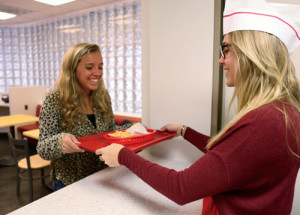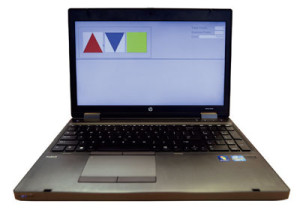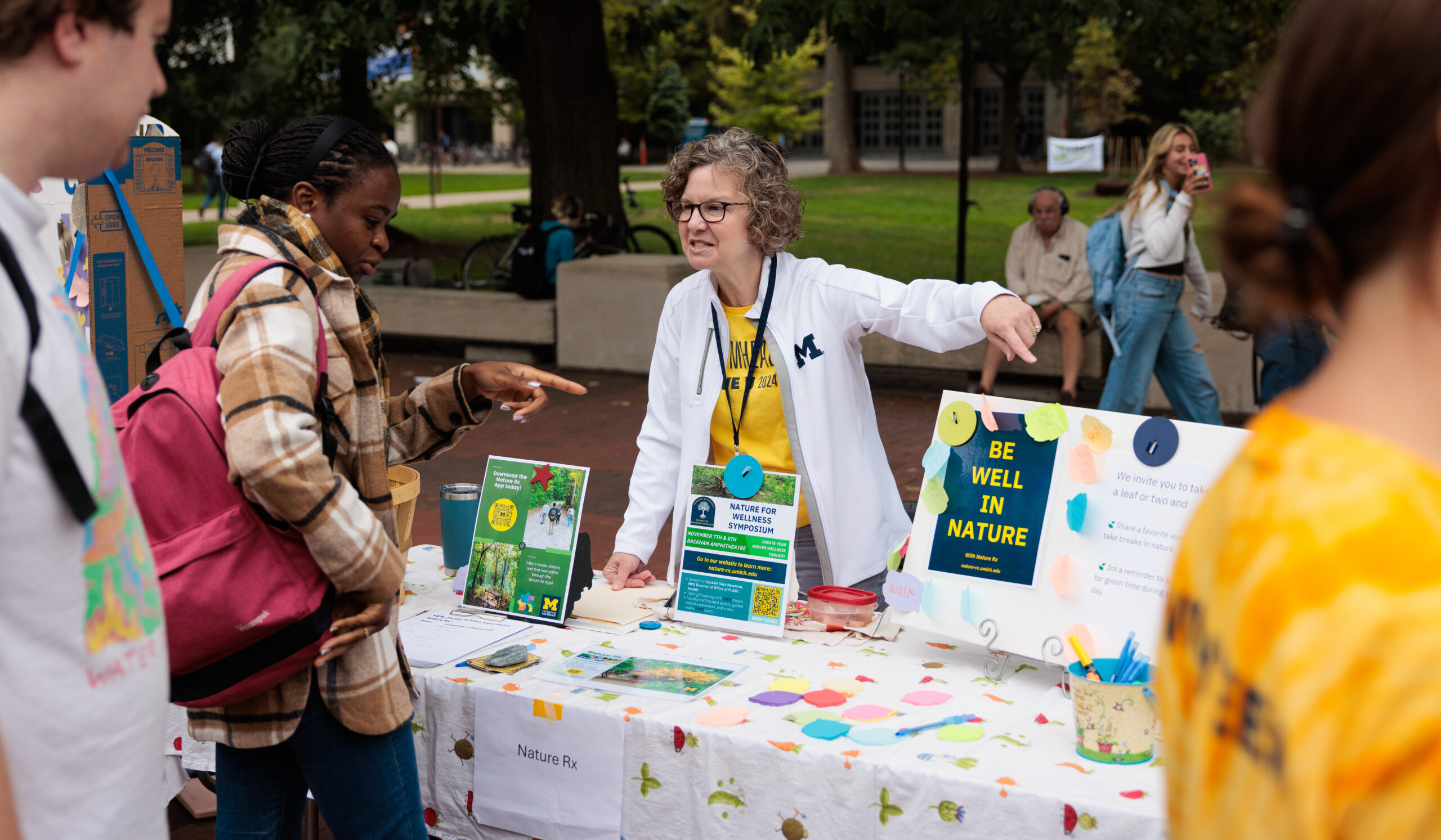Already Gearhardt’s research shows that participants monitored in the FAST Lab were not just hungrier, they craved and ate more food.
“Do you smell french fries?” asked Assistant Professor Ashley Gearhardt, ’03, as she walked a visitor into the Food and Addiction Science and Treatment (FAST) Lab. A lingering scent of salt and oil permeated the air in Gearhardt’s simulated fast-food restaurant.
Welcome to Gearhardt’s o ffice for the last two years. Well, not exactly. But it is here in the FAST Lab that undergraduate students and local teenagers regularly take part in Gearhardt’s studies to see how “cues and context” (a whiff of fried food, a colorfully lit menu) might drive problematic addictive eating behaviors.
“Bringing them into a sterile lab and offering M&M’s wasn’t natural enough,” explained Gearhardt, one of four U-M researchers to receive the 2016 Henry Russel Award in June. “People have internal and external cues,” she said. “I am bored, sad, stressed; I saw the golden arches; I passed that bakery. It activates systems in your brain that say, ‘I want that so badly.’ The more self-aware people are about the places that trigger them, the better I can help them navigate the world.”

Everything from the red leather booths and plastic trays to the server’s paper hats and aprons (donned by Gearhardt’s research assistants) were designed to mimic the environment of a national burger chain.

In one study, participants must choose between traditional fast food (a cheeseburger, French fries, and a milkshake or soda) and a healthier choice (a grilled chicken sandwich, salad, and unsweetened ice tea).

Both the straw holder and menu boards have hidden cameras to capture people’s facial expressions when they are deciding what to order and picking up their food.

Participants must complete a computer task to win food tokens, which become harder to win over time.
Gearhardt, straws, and computer photos by Fabrizio Constantini. Server and dining room courtesy of Natalie Condon and Katie Barkel.





